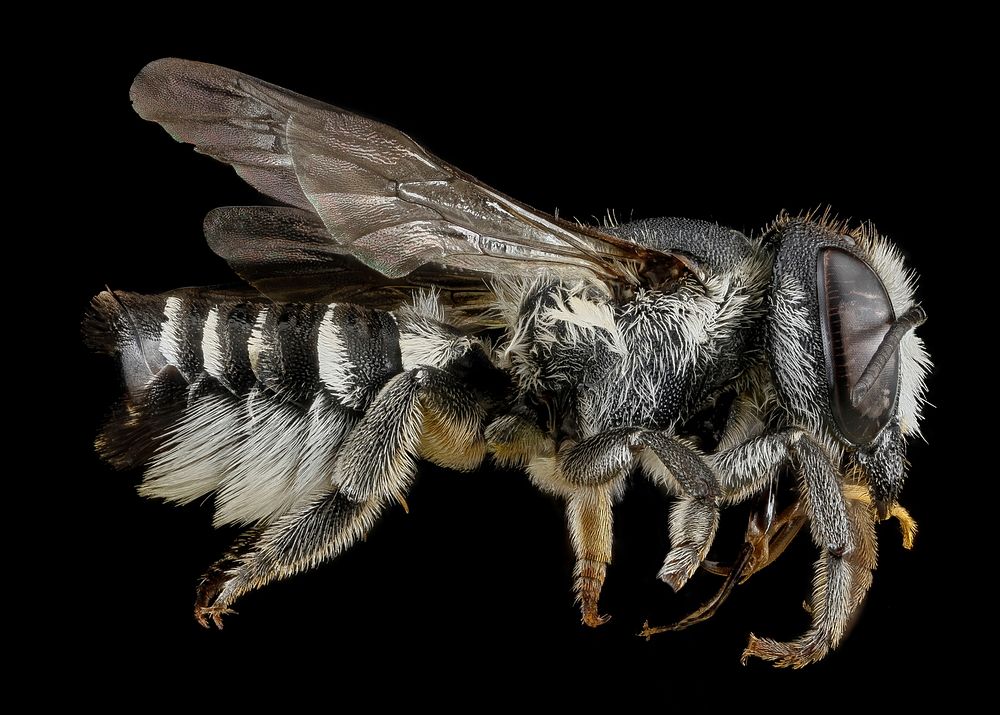https://www.usa.gov/copyrighted-government-workshttps://www.rawpixel.com/image/4038286

Megachile apicalis, female, right side_2012-07-16-17.28
Megachile apicalis is an invasive species from Europe. In the U. S., it ranges from the Midwest to the Mid-Atlantic; in the western half of the country it is sparser, with populations ranging from southern California throughout the Rockies (1). It is absent from the central states (1). They are knapweed (Centaurea) specialists (1). M. apicalis are solitary cavity-nesters. Megachile, known as leaf-cutter bees, cut up pieces of leaves to line and divide their nests; however, entomologists discovered that they will also use other man-made materials such as plastic bags to line their nests (2). It’s unfortunate that plastic litter is so ubiquitous that bees are now utilizing it in nest construction. There is a silver lining: the bees’ nests containing plastic were free of parasites (3). Original public domain image from Flickr
Public DomainFree CCO U.S. Government image for Personal and Business use